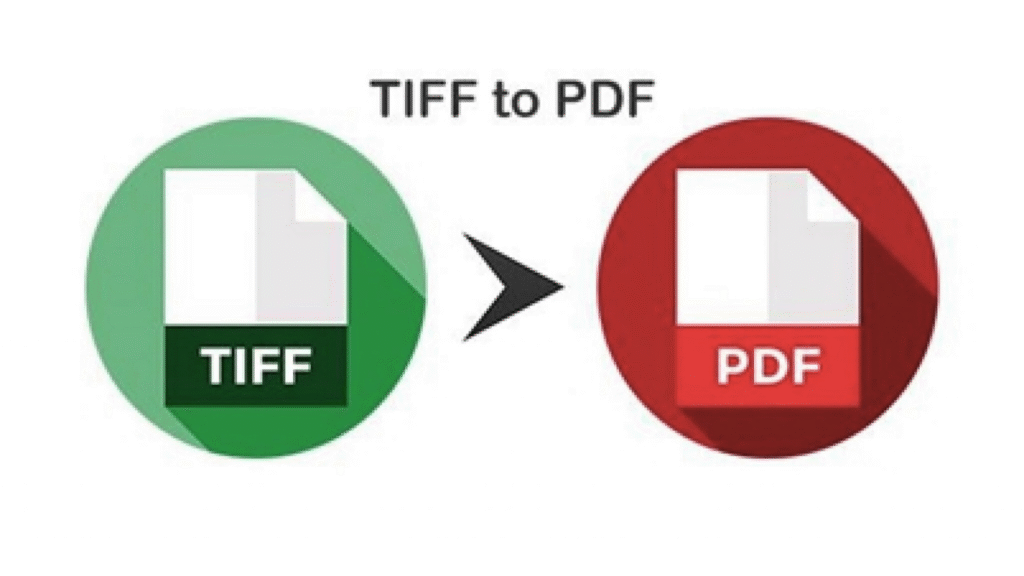TIFF to PDF Converter
Convert your TIFF images to PDF documents quickly and easily. Just upload your files and download the converted PDF.
Drag & Drop TIFF Files Here
or click to browse your files
How to Convert TIFF to PDF
Upload TIFF Files
Drag and drop your TIFF files or click to browse your computer.
Convert to PDF
Click the convert button to start the conversion process.
Download PDF
Save your new PDF file to your computer or device.
TIFF to PDF: Why You Should Convert Your Image Files Today
TIFF to PDF conversion is the most efficient way to handle large, high-resolution image files, especially when it comes to sharing, printing, and archiving. TIFF (Tagged Image File Format) is widely used for storing scanned documents, photographs, and digital artwork, but it comes with challenges like large file size and limited compatibility.
TIFF, short for Tagged Image File Format, is a widely used format for high-quality images—especially in industries like photography, design, scanning, and publishing. These files retain all image data, making them large and hard to share or print.
On the other hand, PDF (Portable Document Format) is a universal file format optimized for document exchange, printing, and archiving.
So why should you convert TIFF to PDF? Let’s dive into 7 compelling reasons.
By converting TIFF files into PDF format, you gain a more versatile, compressed, and universally accepted document that’s easier to manage. In this article, we’ll explore the top 7 reasons to convert TIFF to PDF using secure and free online tools.
1. Smaller File Size Without Losing Image Quality
TIFF files are often large and difficult to share via email or upload to websites. Converting them to PDF compresses the data, resulting in a much smaller file with minimal loss of quality. This is ideal for both personal and professional use.
TIFF files are often uncompressed or use lossless compression, which results in very large file sizes. These large files are not ideal for email attachments or cloud sharing.
When you convert TIFF to PDF using an online tool, the file gets compressed efficiently—resulting in a smaller file that’s easier to store, upload, and send.
2. Combine Multiple TIFFs into a Single PDF
PDF supports multiple pages, which means you can merge several TIFF files into one organized document. Whether you’re working with scanned contracts, receipts, or medical images, PDF keeps everything neatly in one place.
3. Improved Compatibility Across Devices
TIFF files require special software to open. PDFs, however, are universally compatible with all modern devices and browsers. You can open them easily on Windows, macOS, Android, iOS, and even directly in web browsers like Chrome or Safari.
4. Better Printing Performance
PDFs maintain layout consistency and print exactly as displayed on the screen. Unlike TIFFs, which may have scaling issues, PDFs are printer-ready and widely accepted for professional printing services.
5. Add Password Protection and Encryption
If you’re working with sensitive images, such as scanned IDs or legal paperwork, converting TIFF to PDF allows you to protect your files with passwords and encryption. You can control who views, edits, or downloads your documents.
💡 Try our Password Protect PDF Tool.
6. Perfect for Long-Term Archiving
PDF/A (Archival PDF format) is ideal for storing important documents. TIFF lacks metadata and structural elements needed for document longevity, whereas PDF supports metadata, search functionality, and annotations.
7. No Software Needed — Use Online TIFF to PDF Tools
You don’t need to install any software to convert TIFF files. Free online tools make it quick and easy to convert TIFF to PDF directly in your browser.
Trusted Tools:
How to Convert TIFF to PDF Online – Step-by-Step
- Visit ConvertHelping TIFF to PDF Tool
- Upload your TIFF file(s)
- Click “Convert”
- Download your PDF instantly
✔ No registration needed
✔ Works on mobile and desktop
✔ 100% free and secure
Related Tools to Explore
Final Thoughts
Starting your document with “TIFF to PDF” isn’t just good for SEO — it also reflects the user’s intent immediately. Whether you’re organizing scanned images, sharing photo-based reports, or archiving documents, PDF is the superior format. Use trusted online tools to make the conversion quick, easy, and secure.

